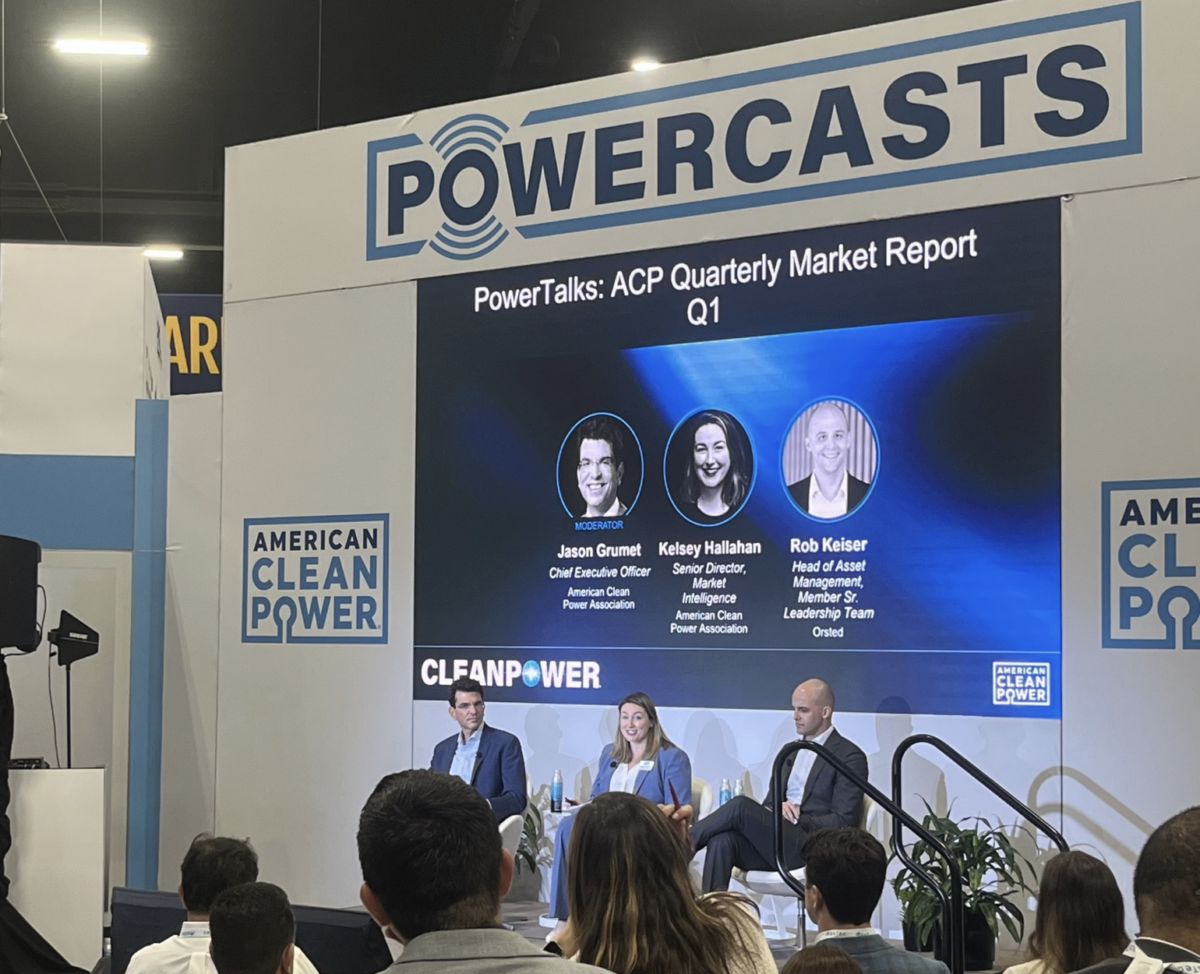Now Reading: Controversial rooftop solar bill glides through California’s Appropriations Committee
-
01
Controversial rooftop solar bill glides through California’s Appropriations Committee
Controversial rooftop solar bill glides through California’s Appropriations Committee
The California State Assembly’s Appropriations Committee has approved AB 942 9-1, a bill that aims to reduce the compensation rates for current rooftop solar customers who supply power to the grid. The bill mandates that homes that are sold or transferred switch to net energy metering (NEM) 3.0, which pays approximately 80% less for electricity sent to the grid. Critics argue that this change retroactively alters the terms established by the state, breaching the contract and diminishing the value of solar panels when the homeowner sells their property. Assemblymember Lisa Calderon had proposed including a provision to phase out NEM contracts established before April 2023 (NEM 1.0 and 2.0 rate plans), but this was removed from the bill through an amendment. The bill had previously passed the Utilities & Energy Committee with a 10-4 vote.
Calderon had a 25-year career in government affairs and political compliance with one of the state’s investor-owned utilities, Southern California Edison. Nine groups, mainly utilities, as well as the California Wind Energy Association and labor groups affiliated with utilities, expressed support for the bill. On the other hand, over 160 groups, beyond just solar and environmental organizations, including the San Diego and Los Angeles school districts, Baptist, Methodist, and Unitarian Universalist churches, the political activist group Indivisible, and Physicians for Social Responsibility, registered their opposition to the bill.
The California Association of Realtors criticized the bill, stating that instead of lowering electricity costs for Californians, AB 942 would erode the value of home equity improvements with solar for many working-class families. The bill is argued to make homes with solar panels a costly burden for sellers, deterring potential buyers who are not interested in purchasing a property with solar panels that offer only minimal energy savings.
The NEM program has facilitated 1.8 million project installations as of 2024, representing around 16 GW of customer-sited renewable generation, predominantly rooftop solar, according to California’s Distributed Generation Statistics database. The utility-supported bill could potentially result in over 300,000 low- and moderate-income Californians who invested in solar panels after April 2023 losing substantial amounts of money when they sell their homes. Nearly a quarter (24%) of homes in California have solar panels, according to the Solar Energy Industries Association.
Brad Heavner, executive director of the California Solar and Storage Association, emphasized during a committee meeting that the bill impacts working-class Californians seeking to stabilize their energy costs, rather than just wealthy individuals benefiting from savings. The bill’s sponsors argue that there is no binding contract for the NEM rate structure and that the California Public Utilities Commission has the authority to make changes to it.
Assemblymember Mark González raised concerns during the Assembly’s Appropriations Committee meeting about potential subsidies for solar users, but Heavner countered that solar installations could actually result in overall cost savings for non-solar customers by reducing the need for utilities to invest in grid infrastructure. The debate surrounding rooftop solar centers on self-generation and grid usage, with conflicting perspectives on its impact on costs for non-participants.
Rooftop solar has been estimated to save all California ratepayers $1.5 billion in 2024 alone, with differing assessments on its net benefits or costs. The CPUC Public Advocates Office’s $8.5 billion cost estimate for rooftop solar has been disputed by other analyses suggesting a net benefit to ratepayers. Heavner criticized utility companies for attributing high rates to solar customers instead of addressing their own spending practices, which he claims are incentivized by constructing more grid capacity to generate higher profits.
The Assembly’s Appropriations Committee meeting discussing the bill can be viewed online, and additional solar-related legislation under consideration by state lawmakers can be found here.





